For ASEAN, the question is not whether to participate or not in global finance and trade—it does so already. The question is how to use that role for people and planet’s benefit, and not just profits.
For ASEAN, the question is not whether to participate or not in global finance and trade—it does so already. The question is how to use that role for people and planet’s benefit, and not just profits.
By Mehmet Enes Beşer
ASEAN’s transformation into one of the globe’s most dynamic economic blocks has been spurred as much by domestic reform as by two strong exogenous drivers: financial growth and globalization. They have opened up capital markets, penetrated cross-border investment, and connected ASEAN economies into global supply chains on a previously unheard-of scale. But whereas this convergence has pulled tens of millions out of poverty and powered industrialization, it has bequeathed an environmental record mounting as a burden with every economic stride. And as the region moves toward aligning its growth with sustainability, it is forced to confront the uncomfortable truth that finance and globalization—untethered as forces of modernity—can also be vectors of environmental decay.
The connection between regional economic expansion and ASEAN environmental standards is filled with deep paradoxes. On the one hand, it has been easier to obtain green bonds, climate funds, and sustainability-linked loans because financial services have expanded. Thailand and Malaysia have led the charge in green finance taxonomies and ESG disclosure requirements, and Singapore has been working to make itself a sustainable finance regional hub. These initiatives are an increasing acknowledgment that capital markets can play a central role in channeling capital toward low-carbon, resource-efficient industries.
Financial growth has also made environmentally harmful activities possible by making capital more mobile and speculative. In Vietnam and Indonesia, for instance, the finance bubble has flowed into coal-burning power generation, cement production, and mining—high-emitting, poorly regulated industries. Loose environmental policies coupled with the compulsion to lure foreign direct investment (FDI) have made it more likely for governments to maximize short-term economic gains at the expense of long-run environmental sustainability. Fiscal growth has thus not always translated into greener growth. Instead, it has tended to increase the cost of the environment of industrialization.
Globalization adds strength to these processes. ASEAN’s integration into global trade and investment flows has seen the region become the world’s manufacturing and extractive center. Palm oil and rubber, to electronics and textiles, ASEAN economies are heavily embedded in export-oriented value chains that discourage volume and cost-effectiveness in favor of sustainability. The relocation of heavily environment-intensive industries from developed countries to ASEAN so-called “pollution haven” policies has provided multinationals with the opportunity to take advantage of lower environmental standards and decreased host-country compliance burdens.
This kind of structural imbalance in which consumption-based emission activity is outsourced to the production economies creates genuine international environmental equity issues. In Cambodia and Myanmar, pressured garment factories facing international buyers’ demands for timely delivery have compromised labor and environmental standards. Palm oil estates and wood pulp factories in Indonesia and Malaysia have expanded to export to the world at the expense of forests and species. Globalization has therefore outsourced environmental costs and imbued ecological ruin into the tapestry of ASEAN economic wealth.
But there is hope too. Spillovers can be positive—if there is good governance and regional cooperation to provide them. Financial liberalization can fund green investment, if regulatory institutions are strong enough to redirect finance away from the extractive industries. International integration can bring in cleaner technology and higher sustainability standards, if trade agreements, purchasing policy, and investor practice incorporate binding environmental conditions.
A few ASEAN countries are starting to take this path. Vietnam, prompted by foreign donors and traders, has committed coal phase-out and solar expansion. Malaysia has mandated ESG disclosure for listed firms. The Philippines has integrated environmental considerations into public-private partnerships. These developments suggest that external trade and finance relationships can be used to trigger domestic change—if political will and institutional capability exist.
But the region is still fragmented. Environmental policy is not harmonized between countries, regulation is light, and data transparency is bad. Investors and companies love to play regulatory arbitrage—taking advantage of places with the lowest degree of control. Without regional harmonization of rule and regulation, green finance and responsible globalization spillovers will be the rule, not the exception.
And financial inclusion has to enter the fray as well. The current ASEAN model of financial growth is largely elite-led and urban-based. Rural individuals, informal economy employees, and smallholders are mainly barred from benefiting from access to finance for clean technology or low-cost credit. This compounds perpetuating environmentally damaging practices—such as slash-and-burn agriculture and artisanal mining—simply because there is no alternative. The green financial system must be inclusive, bottom-up de-risking sustainable livelihoods and bridging microfinance to environmental concerns.
In the meantime, ASEAN must assert more control in setting terms for its own economic integration into the global system. Rather than just a passive recipient of foreign investment and industrial relocation, the region can negotiate trade and investment deals that have environmental protection, enshrine circular economy principles, and ensure technology transfer. Supply chain disclosure, commitments to producer responsibility, and carbon border tariffs are no longer the sole preserve of high-income economies. ASEAN, as a production base and growing consumer market, can exert bargaining power to call for new norms—if it chooses to do so.
Economic development and globalization are neither inherently incompatible with environmental sustainability, nor are they necessarily supportive of it. Neither are they necessarily likely to create it. Left to the unfettered operations of the market, they have a tendency to aggravate disparities, run down resources, and push environmental costs into the future. Steered by policy, they can be forces for innovation, collaboration, and resilience rather. For ASEAN, the question is not whether to participate or not in global finance and trade—it does so already. The question is how to use that role for people and planet’s benefit, and not just profits. The future of the region’s environment will be shaped not by rhetoric, but institutions and incentives that determine where money goes, and why. That is the frontier of sustainability in Southeast Asia’s future.



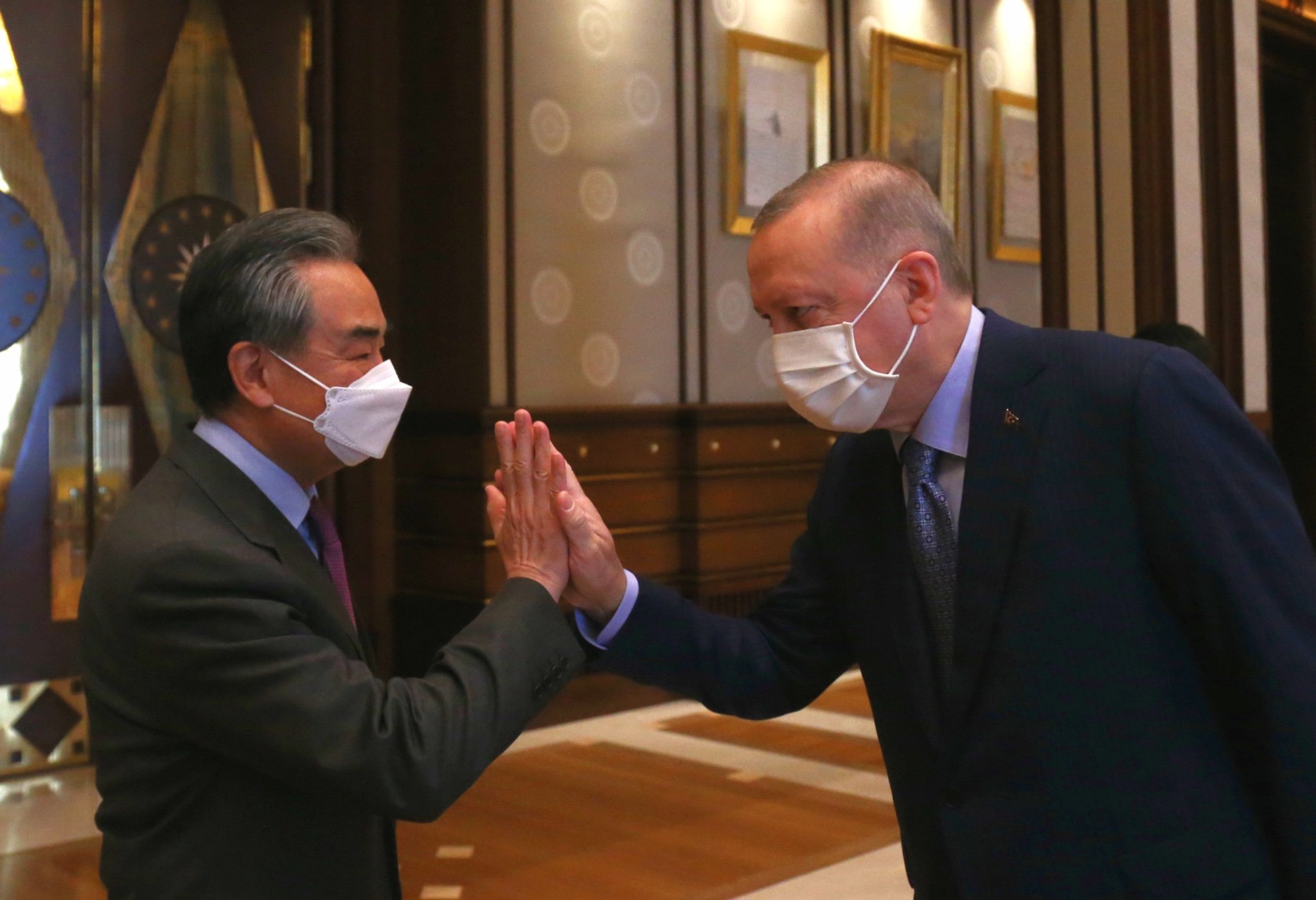



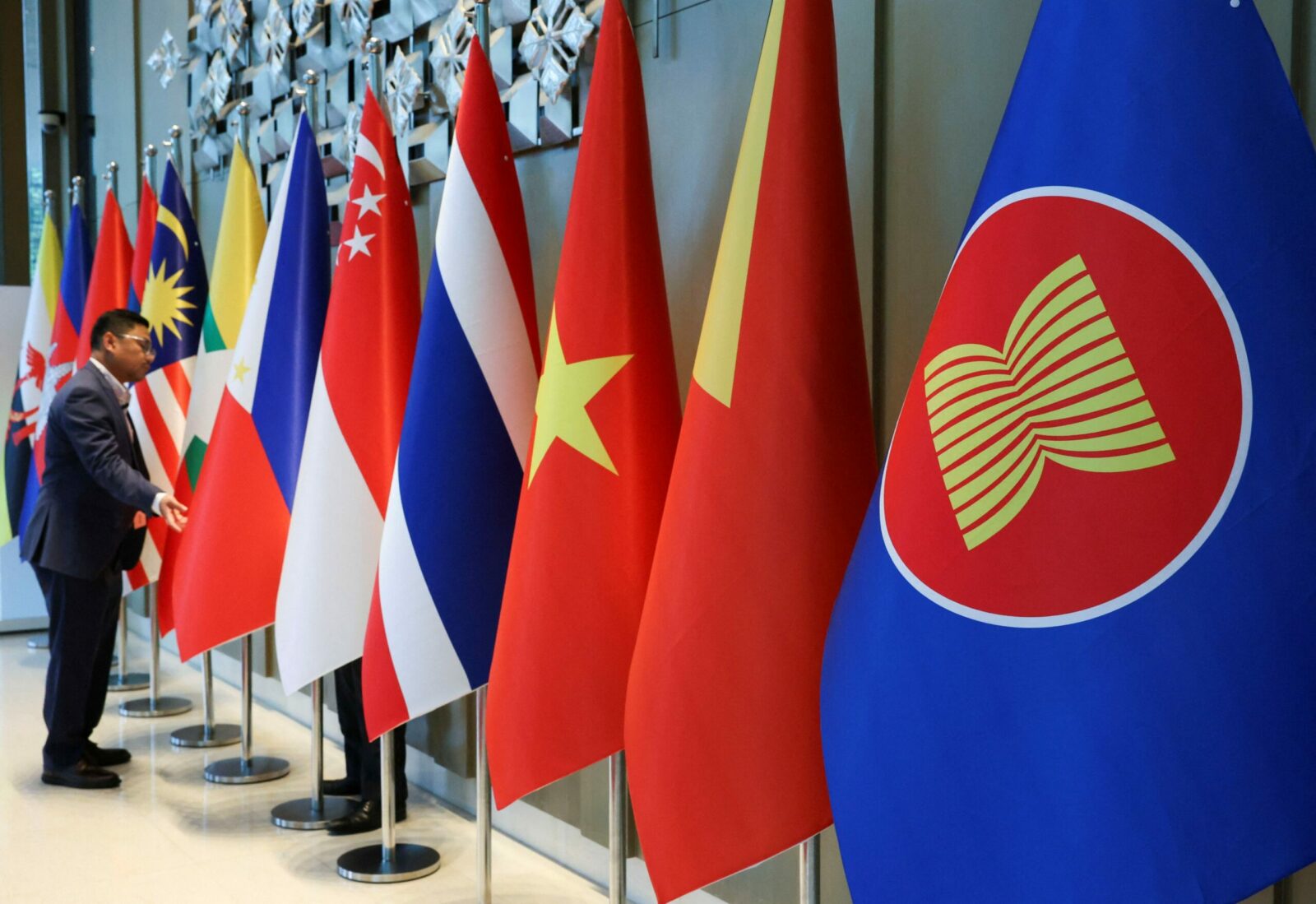


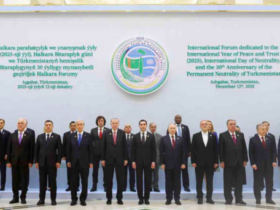



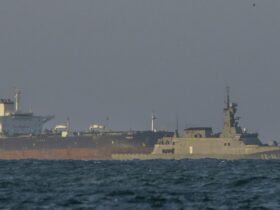

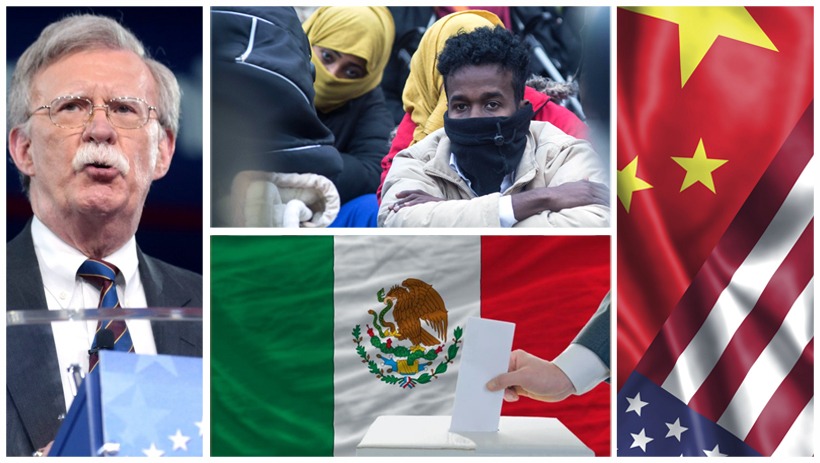
Leave a Reply